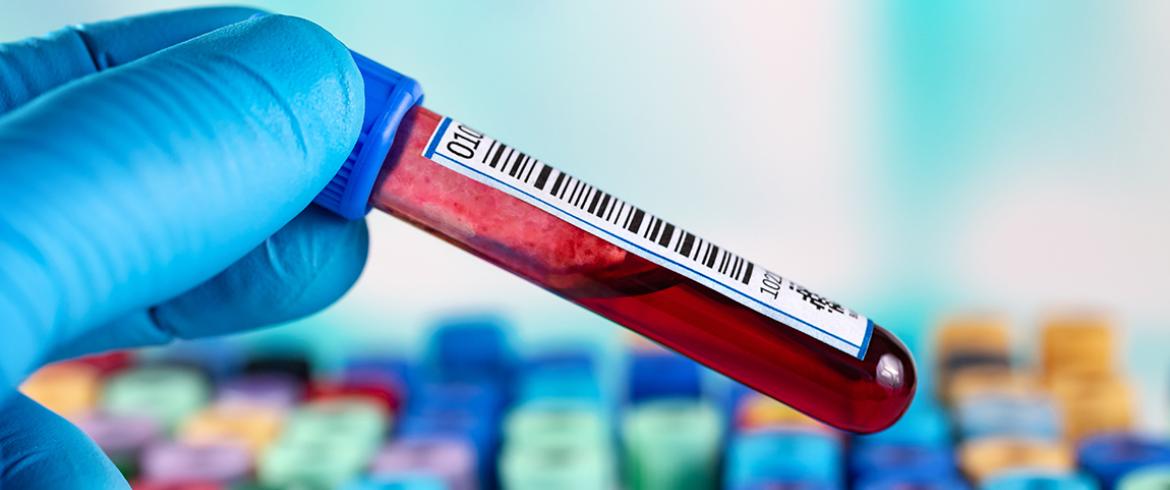
In a new study, researchers at the FAMU-FSU College of Engineering are advancing the power of high-performance computing powered by artificial intelligence (AI) to combat blood disorders like thrombosis that cause heart attacks and strokes.
Their findings will advance therapeutics with new tools to break up blood clots and save lives.

Leo Liu, an assistant professor in the joint college’s Department of Chemical and Biomedical Engineering, leads a collaborative effort as part of a $1 million grant from the Laboratories Directed Research and Development (LDRD) program provided by Sandia National Labs. Purdue University is also a collaborator in the project.
“Broadly speaking, one-third of the deaths in U.S. are caused by excessive and sudden blood clotting,” Liu said. “People die from heart attacks and strokes, so if we can better understand the mechanisms behind the disease, we have the chance of coming up with ways to control blood clotting—potentially saving millions of lives.”
Liu’s group investigates flow-mediated solidification, a phenomenon related to biological processes like blood clotting. Similar principles apply to surface coatings, like those used in making solar panels. Using supercomputing powered with AI, the team develops multiphysics and multiscale modeling tools to understand what’s happening.
“Relating to flow, our understanding exposes a complex competition of growth accompanied by the erosion or rupture of material,” Liu said. “If we can control the balance at the microscale, it has a profound significance of control at the macroscale, giving rise to better-functioning materials, like therapeutics or even solar cells.”
What Liu describes progresses our understanding of what’s happening concurrently in multiple instances. Using the advanced powers of supercomputing, the researchers can solve highly complex physics problems involving time and space scales that are hard to solve experimentally.
“If we can control the balance at the microscale, it has a profound significance of control at the macroscale, giving rise to better-functioning materials, like therapeutics or even solar cells.” — Z. L. Liu, Ph.D.
Liu’s team includes FAMU-FSU Engineering graduate students Uriah Philips from FAMU and Connor Willis from FSU, as well as researchers from Sandia and Purdue. Collaboration takes place through conferences and student exchanges.
“The university partnership with Sandia connects our students, especially the underresourced and first-generation college and graduate school students, to research opportunities in collaboration with top-notch scientists at national labs,” Liu said. “Through this process, we help Sandia and other industrial partners to enhance their variety in the talent pipeline.”
The team hopes to deliver multiscale computational tools and predictive AI tools that can guide Sandia experiments. Liu said, “In the end, we also hope to learn enough new physics with the tools we developed to find the next better questions to ask.”
The work is supported by $230,000 from the Sandia University Partnership Fund as part of the larger LDRD grant.
RELATED ARTICLES
Engineering Student Lands FSU IDEA Grant for Novel 3-D Chip Tech to Fight Cardiovascular Disease
NIH Pre-Doctoral Fellowship awarded to biomedical engineering student for stroke research
FSU researchers hope to make breakthrough in stroke treatment through cell therapy
